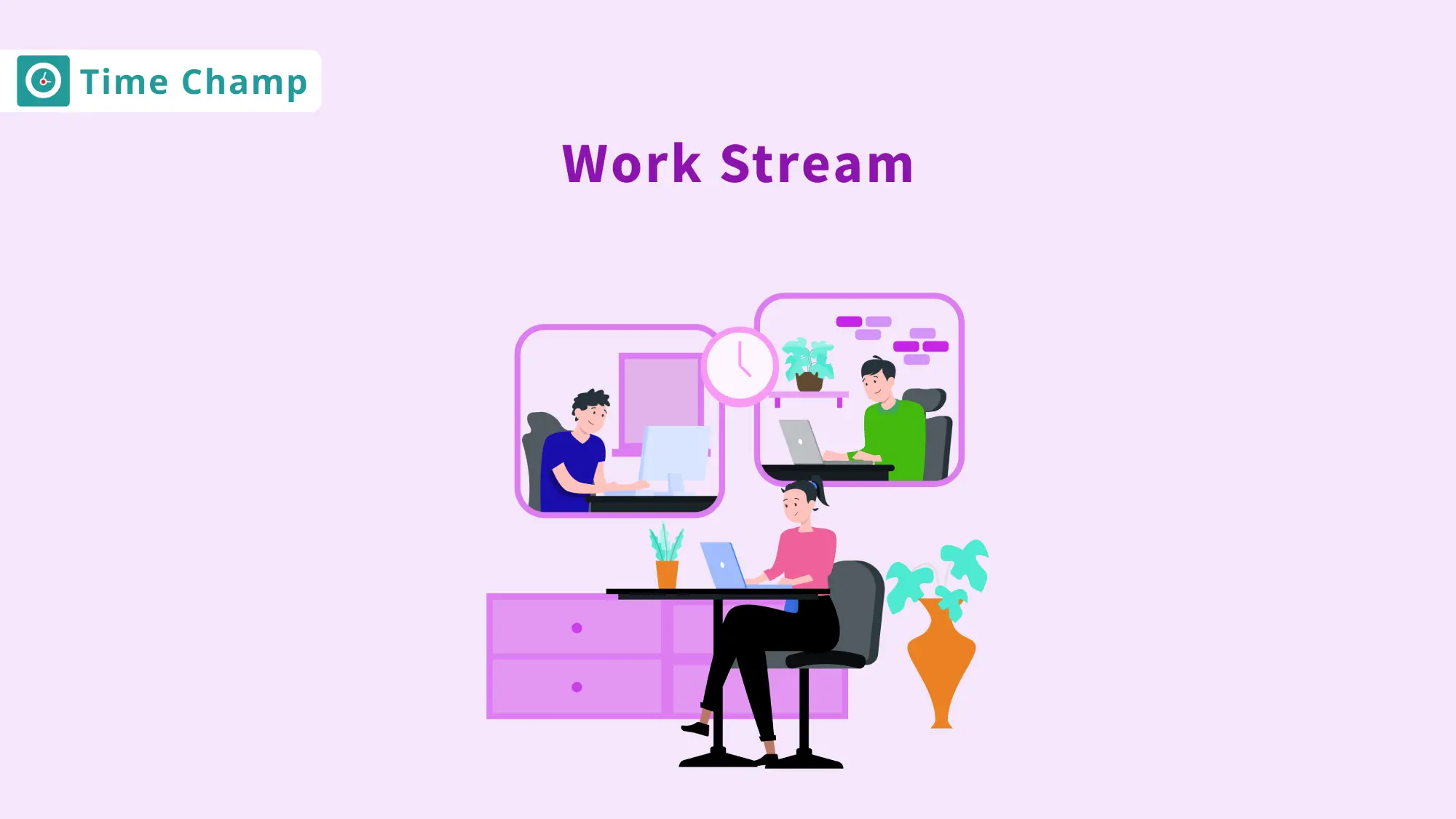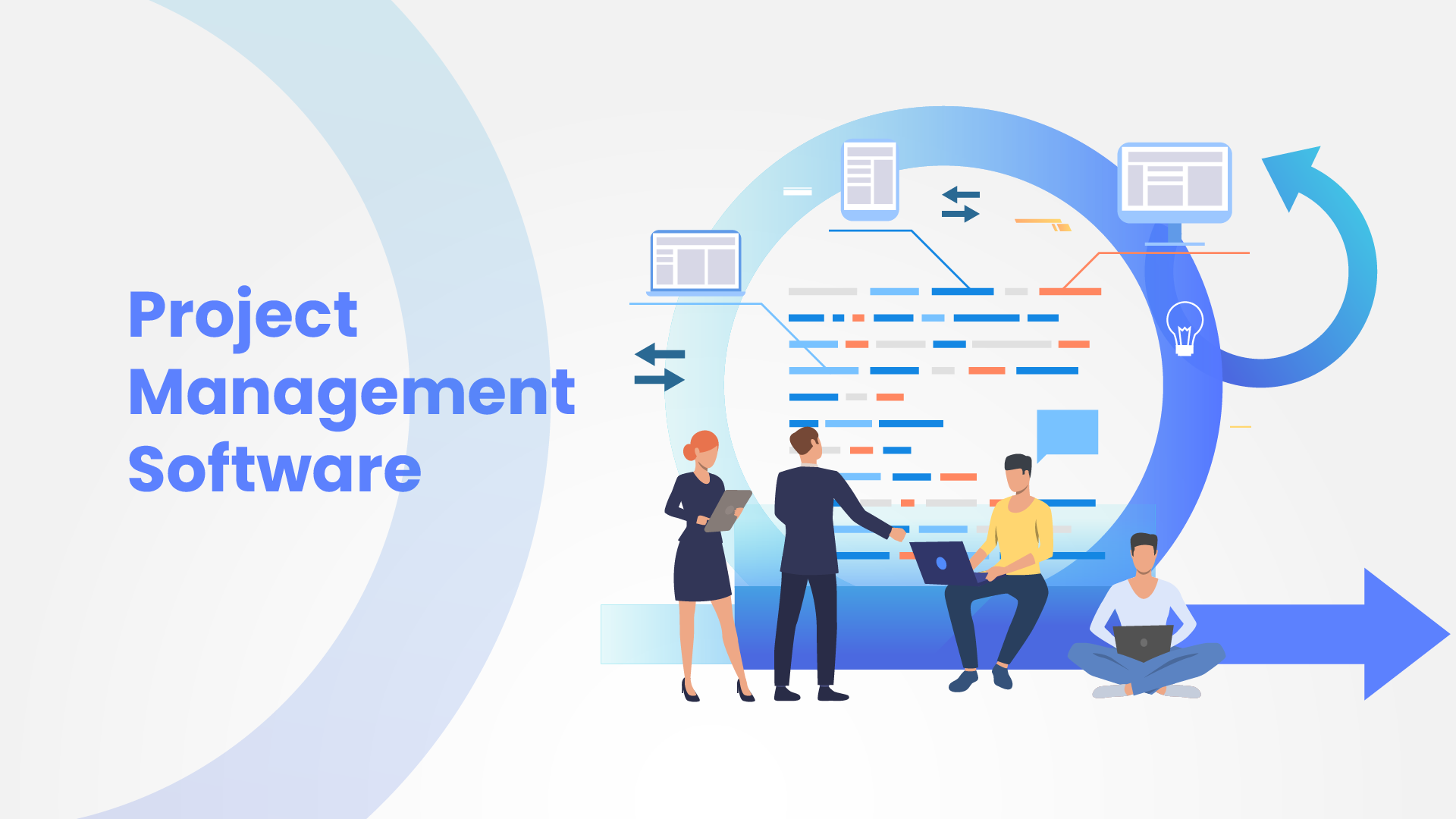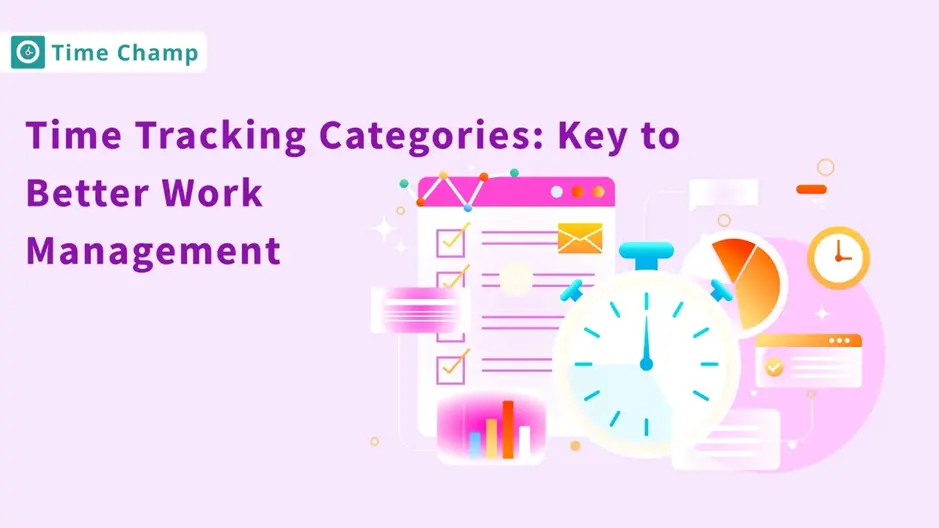Projects in the modern-day business climate are larger and more complex than ever before. When a large initiative can be broken into several different work streams, it allows for teams to explore different facets of that initiative simultaneously and allows the tasks to move faster with improved clarity. Each work stream includes a set of discrete tasks with defined ownership, deliverables, and timelines.
If well planned, this can enhance accountability and eliminate confusion, duplicate work, while promoting cross functional collaboration. Teams will know where their attention is needed, and project leaders will have visibility into where to take action to advance towards milestones. This can ultimately lead to more efficient workflows and reduce delivery timelines by 30% or more and can lead to happy stakeholders.
Once you understand how to manage work streams, you can adopt this work stream methodology to virtually any project—be it a product launch, marketing campaign, IT rollout, or other initiatives where timing and coordination matters. This article will address the definition, components; sample examples, best practices, efficiencies, challenges, and how Time Champ's project management capability can turbocharge work streams.
What is a Work Stream?
A work stream is a grouping of inter-related project activities organized around a specific goal, owned by, and managed by a team/stakeholder, directed at defined outputs along the broader project.
It takes what could be a complex project and distils it into manageable, goal-directed pieces as opposed to one large undertaking; each stream states its own definitive output—user training, systems integration, marketing communication, etc.—that is occurring concurrently.
Organizations use it to compress timelines and rebalance workloads. During a digital transformation project for example, an organization can run work streams for hardware upgrades to the systems from a project management viewpoint, software deployment, data migration, and change management. These work streams allow for broad organization cases and deliver at least a 35% compression in overall schedule.
When every work stream has end-to-end ownership and accountability from every team to the project or program processes, then the time against quality performance is shortened. The work stream manages the progress and regression, and risk management and quality. It also provides increased visibility of targeted project ownership which minimizes duplication and on-time, on-budget deliverables.
What are the key components of a work stream?
When developing work streams, look for the following components:

- Objectives - There should be objectives defined for the work stream, performance standards if needed, and a clear understanding of the importance of the final deliverable and outcome.
- Deliverables - Concrete deliverables (written reports, samples, training manuals, etc.) and acceptance criteria.
- Timeline and Milestones - Important dates (team notes, completion, milestones) linked to the overall project timeline.
- Roles and Responsibilities - Clearly defined owners, contributors, approvers, and decision makers.
- Communications Plan - Meetings (scheduled), progress reports, issues raised and escalated, etc.
- Dependencies - Links to other work streams or external teams that impact theirs.
- Resources - Budget, people, tools, and technology allocated to each work stream.
What Are Some Examples of Work Streams?
Work streams break a project or process into organised, manageable sections, each focused on a specific goal. Here are some examples to show how they work in action.
- Product Development Work Stream: Design, prototype, test, launch, etc.
- Marketing Campaign Work Stream: Messaging, content, ad placements, reporting/analysis, etc.
- IT Infrastructure Work Stream: IT Infrastructure Work Stream:
- Change Management Work Stream: Stakeholders communications, training rollout, adoption metrics, etc.
- Quality Assurance Work Stream: Applicable test planning, test execution, defect tracking/validation, etc.
When managed in parallel (as projects often are), work streams can reduce the project duration by 25% or more because they remove bottlenecks to project completion and their specialized teams are able to work at the same time.
How to Manage a Work Stream
Managing a work stream effectively is all about keeping tasks organised, teams aligned, and keeping progress on track. Here are some best practices to make it happen.
Using a structured work plan design template has many practical benefits:

- Clearly Define Scope: After planning, lock in the requirements and do not allow scope creep to set in.
- Assign a Work Stream Lead: A single point of accountability will foster assertive decision making and complete things faster.
- Utilize Visual Tools: Use Kanban board, Gantt chart, Dashboard, etc. to show and track live tasks, milestones, and blockers.
- Schedule Check-ins: Check in on a weekly basis with each project lead (stand-ups, milestone reviews, risk assessments, etc.) Keeping work streams on track.
- Document Work Stream Process: Prepare or maintain a shared process library and playbook to ensure quality and consistent processes from work stream to work stream.
- Monitor Dependencies: Understand which dependencies you have upstream and downstream, as well as highlight your risks and negotiate dates.
- Celebrate Milestones: Recognize and celebrate at every milestone and when your deliverables are produced! Because all your good work means nothing if you don't keep the momentum and morale up .
What are the Advantages of Streamlining Work in Project Management?
Here are the key advantages of streamlining work in project management, helping teams work smarter and achieve goals faster.
Boosting Project Time Savings:
Streamlined work streams help teams to stay organized and manage multiple tasks simultaneously. This efficiency can cut project timelines by up to 35%, enabling you to deliver results faster.
Maximizing Team Specialization:
With clearly defined project deliverables, each member can focus on their strengths. This leads to faster results, higher-quality work, and boosts productivity without confusion.
Faster Decision-Making Through Ownership:
When teams take ownership of their tasks, the decision-making process will become smoother. This helps to reduce errors and enables quicker responses.
Reducing Ambiguity in Processes:
Clear roles and workflows reduce uncertainty by up to 40%, ensuring everyone knows their responsibilities and avoiding confusion or miscommunication.
Seamless Handoffs for Smoother Workflow:
Defined handoff points allow work to move seamlessly to the next stage, maintaining steady and smoother progress, and prevents unnecessary interruptions.
Minimizing Rework and Delays:
By removing inefficiencies and duplicate work, teams can reduce wasted time and resources, ensuring projects stay on track.
How does Time Champ improve work streams in project management?

- Integrated Stream View: You can view all your work streams on one screen and visually identify trends in your work and resource gaps.
- The Group Task Check: You can see the status for your tasks, what are pending, timelines and workloads, and any milestones in real time.
- Alert Notifications and Standard Reports: Alerts will let you know when you miss or achieve milestones and create a progress report with one click.
- Productive Insights: You will understand your high-value work or activities and prioritize your teams based on the current data.
Through the use of Time Champ , teams could reduce administration time by 50% and let teams focus on identifying key deliverables and ensuring that their work stream is managed on time and on budget.
How to Manage the Challenges of Work Streams?
- Communication Fragmentation: Utilize one collaboration software to house all the project documentation with a one source of truth for team status updates.
- Scope Creep: Utilize a formal change request procedure which defines and scopes the change request and obtains approval to change from the appropriate stakeholders.
- People Constraints: Utilize a capacity planning model to help balance workloads and equality of allocated resources across stream members at project kick-off.
- Bottlenecks Between Streams: Identify critical dependencies during the kick-off workshop and contact persons who are accountable for the hand-off between the individual streams.
- Accountability Gaps: Utilizing a RACI (Responsible, Accountable, Consulted, Informed) will help members of the team clearly understand and in fact define their responsibilities and accountabilities in your work streams.
What Is the Difference Between a Work Stream and a Workflow?
| Feature | Work Stream | Workflow |
|---|---|---|
| Definition | Broad cluster of related tasks with a shared objective | Step-by-step process for completing a single task |
| Scope | High-level—project or department-wide | Task-level, more granular, and linear |
| Focus | What needs to be delivered and who does it | How work gets done, the order of steps |
| Example | Marketing campaign stream, product development stream | Content approval workflow, bug-fixing process |
| Dependencies | Can run in parallel; may connect to other work streams | Typically sequential |






